On December 1st, Swedish company Shortcut Labs provided current and future Flic LR users with an early Christmas gift in the form of a long-anticipated hardware upgrade that adds Apple HomeKit support to the Flic 2 system. The company describes its Flic buttons as the smartest buttons in the world, and after a closer experience with them, it’s hard to disagree with that claim.
It all started in 2015, when Shortcut Labs, then a newly established Startup, conducted a crowd-funding campaign that ended successfully, resulting in the creation of Flic buttons. In the beginning, they could only be used in conjunction with your smartphone, via an app for iOS and Android. Since then, the number of integrations with other systems has grown rapidly, and an app for macOS has also been added.
With a subsequent campaign, Shortcut Labs created its first Flic Hub, which extended the use of their Flic buttons, with options that allowed the buttons to be used without the need to use your phone as a bridge with other systems. Then, a year ago, new, improved versions were also created in the form of new buttons – Flic 2 along with an updated hub dubbed Flic Hub LR. An additional open platform was also created, which enabled the integration of Flic buttons into third-party applications, using tools available for Android, iOS, Linux, Mac OS and Windows platforms.
Fast forward to today, and we can now also use Flic buttons with the Apple HomeKit system, so today I’ll look to see what it means and how it works. For this to work, you are required to have the latest version of the hub (Flic Hub LR) with software version 3.0.2 or newer, which exposes the Flic buttons to HomeKit. This means we can use both the first-gen Flic buttons as well as the second-gen (Flic 2). If you have already bought the Flic Hub LR or the hub you bought does not yet have the required software.
PACKAGING
The Flic 2 starter kit comes in a simple white box with the grey Flic logo and basic information about the content and certification. On the box, you won’t find any information about HomeKit and other integrations that you can use with Flic buttons, however. There are so many of them that it is even hard to imagine that information could be placed on the packaging. Therefore, if you are interested in a full list of available integrations and functions, please visit the official Flic website. Everything has been packaged in a very thoughtful way, using every free space to fit everything in such a small package.
Technical specs for the Flic 2 Starter Kit:
Flic 2 smart buttons:
- Line-of-sight range: up to 200m (requires Flic Hub LR or other Long-Range capable device)
- Indoor range: up to 50m (requires Flic Hub LR or other Long-Range capable device)
- Battery life: up to 3+ years
- Battery type: CR2032
- Customizable: Custom printing, removable stickers
- Connectivity: All compatible apps
- LED: Green, Yellow, Red
- Surface material: Durable high-quality soft-touch plastics
- Clip-on Rigid metal clip
- Size H: 8.5mm D: 30mm
- Chip: Bluetooth 5 LE Long Range
- Profiles: Flic protocol (multi-app) HID and MIDI (Coming late 2020)
- IP rating: P44 standard (not waterproof)
Flic LR Hub:
- Bluetooth 5 low energy. long-range BLE
- Dual-band WiFi 2.4 GHz / 5.0 GHz 802.11 a/b/g/n/ac
- Ethernet port
- Micro-USB Type-B
- Power Consumption 2.5 Watts (typical) or 5W Watts (max)
- 3.5mm audio port
- 2.5mm IR accessory port
- Size 85 x 65 x 12.5mm
- The Flic Hub supports up to 63 connected buttons simultaneously
Additional optional accessories are also available for purchase on the official Flic, io website:
- Additional Flic 2 buttons
- Flic Metal Clip
- Flic 2 Sticker Sheet
- IR Accessory
The kit I tested included four Flic 2 buttons (the number of buttons depends on the selected starter kit), the Flic Hub LR, a Micro-USB cable, a multi-regional USB power supply, an IR Transmitter (only available in some starter kits), removable stickers, warranty, and safety guide.
The Flic Hub LR is a small, flat, rectangular box made of plastic that is pleasant to the touch. On the rear side of the hub you’ll find all available connections; a port for the IR accessory, a 3.5mm Audio Out port, an Ethernet port and a Micro-USB power port. There is also an LED that lets you know that it’s operating, and a pin-hole placed under it, to restore the hub to factory settings, as well as to force firmware updates. Underneath are four rubberised feet to prevent the hub from moving, which is very light, and a sort of diagram with a description of the ports. In addition, you’ll also find the serial number of the device and the factory password that is needed after restoring the hub to its factory state. While using the device, you can also protect it by setting your own password.
From the outside, the Flic Hub LR looks identical and has the same dimensions as the previous Flic Hub. The only way you can distinguish between the two versions, in addition to the print underneath, is the side of the hub, which has the letters LR.
The Flic 2 buttons are also made of ‘nice-to-the-touch’ plastic and are probably the smallest smart buttons available in HomeKit, except for the first version which is even smaller. In addition, the first version also differs in the material used, with the first version using soft silicone. The Flic 2 buttons are powered by a single CR2032 battery, which, according to the manufacturer, should last for over 3 years, so we won’t be able to test that claim very soon. Battery replacement is very easy. All you have to do is twist the button base and take it off.
The base is covered with a reuseable self-adhesive material, so after placing and sticking a button in somewhere, if you then want to move it to a new location, you only have to rinse the self-adhesive surface with water and you can just place it somewhere else. If you prefer a magnetic solution, it is also very easy to stick a flat magnet on the underside of the button. In the future, I’d love to see such a solution from Flic.
unlike the first version buttons, which were slightly convex, the top of the new buttons are almost flat, but with a very slight concave profile, so these have been adapted to be used with stickers, making it easier to remember the functions set for a given button. The set includes one sheet with 9 stickers. You can also buy an additional set of two sticker sheets, for a total of 40 stickers, containing various useful symbols and a few blank ones for you to print your own graphics onto.
The set also includes a white short Micro-USB Type-B cable used for power, and a black universal USB power supply with adaptors for use in the EU, UK, US and China/AU. The Flic Hub LR can also be powered from other power supplies or directly from USB ports, with recommended power being 5V+/1A. All parts of this set have been carefully made and the whole thing made a very positive impression upon me from the very first moment. Don’t look for a HomeKit code anywhere, neither on the packaging nor on the devices. You won’t find it, because it just isn’t needed anywhere in the case of Flic 2. Which I’ll explain next.
INSTALLATION AND CONFIGURATION
The first step when installing the Flic 2 system in order to use it with HomeKit is to install Flic app, version 5 or newer, for iPhone or iPad, available for download from the App Store. The Flic app is also available on the Android platform, but since we mainly deal with the topic related to Apple HomeKit, I will focus on iOS only.
After installing the Flic application and connecting the Flic LR Hub to the power supply, an account must be created. which is needed in order to use some functions, integrate with other systems and provide firmware updates for the hub.
Then, while remaining logged in to the hub, we can connect the Flic buttons with the hub following simple instructions from the Flic app. It is also possible to connect Flic buttons directly to a phone or computer, without using Flic LR Hub, but then integration with the HomeKit system won’t be available.
After successfully adding the buttons to the hub, in the options for each of them, you’ll see a button offering the option for the button to be exposed to HomeKit or to be solely used with Flic functions. Unfortunately, as of today, it’s not possible to use Flic 2 in HomeKit and your own Flic integrations at the same time. I don’t know if this is due to restrictions on the part of Apple, or if Shortcut Labs will be able to allow simultaneous functionality in the future, as is the case with some other similar products. Knowing a very large amount of Flic 2 integration, adding concurrent commands in HomeKit would certainly further enrich the functionality and attractiveness of this system.
The Flic 2 buttons appear in HomeKit just like any other device of this type. To each button, you can assign three independent commands containing any number of scenes or device settings, run using Single Press, Double Press and Long Press. Communication between the buttons and the hub takes place using the Bluetooth protocol and is then transferred via the Flic LR Hub to HomeKit via an Ethernet or Wifi connection.
I must admit that personally, I am not a supporter of Bluetooth-based solutions, at least where one expects and requires a quick response to sent commands, but there are exceptions, and one of them is Flic 2. From the first click, you could easily forget that the Bluetooth protocol is used because everything works so quickly, smoothly and reliably. HomeKit reacts almost instantly to every click. It is also impossible to notice the typical experience from Bluetooth devices powered by batteries, where they first wake from sleep after not using them for a while, which results in the initially long, delayed response.
If you encounter any minor issue, they’re most often caused by the HomeKit system itself, not the Flic 2 buttons, and the same applies to other devices in this category. Restarting you Home hub (Apple TV, HomePod, HomePod Mini etc) will typically restore the HomeKit system to full functionality.
The Flic LR Hub also has a built-in LED showing the current status of the device. It is also possible to set the LED on the hub to confirm each click. Since the hub also has an Audio Out port, you can connect any speaker to it, thus allowing you to receive click confirmations by sound when using the Flic buttons in HomeKit.
It is impossible not to mention, even briefly, other functions that Flic 2 offers apart from cooperation with HomeKit. As the Flic 2 buttons use Bluetooth technology, we can connect them not only with the Flic Hub LR but also directly with mobile phones and computers. As of today, the Flic application is available for macOS, iOS, iPadOS, and Android. Technically, it’s possible to connect the FLic 2 to multiple devices at once, but Shortcut Labs does not recommend doing so for reasons of system reliability and stability.
The button programming itself is very similar to HomeKit. To each of the three button actions, Single, Double and Long press, we can add an unlimited number of any functions from all available integrations.
When using FLic 2 without the Flic LR Hub, its function is taken over by the device to which the buttons are connected. It can be a mobile phone or a computer. Depending on which method you use, different integrations and functions are then available. Some are common, such as those used for lighting control, and some, specific to a particular platform. For example, on macOS, we can take screenshots, on iOS, use FLic 2 as a Home Button, and on Android, open applications. Of course, there are a lot of these functions and integrations and it’s impossible to list them all here, but can find them all at the address mentioned at the beginning of this article. The scope of integrations with other systems is very wide. You can find integrations from many companies, in addition to standard ones, such as lighting control or smart speakers. There are also integrations with the IFTTT system, Slack, GitHub, or the ability to send commands via HTTP.
IR REMOTE ACCESSORY
Wen using Flic LR Hub, the IR function is also available, which means we can use Flic buttons instead of the usual IR remote. To use it, you need an additional accessory in the form of an Infra-Red transmitter that can be connected to the hub using the 2.5mm mini-jack contact located on the back of the hub.
This accessory is included with some starter kits but can also be purchased separately. You then need to learn the IR codes of the remote control and write them down, giving them your own names so that you can easily find them and use them while programming the commands on the Flic buttons. In addition, as already mentioned, the hub has an Audio Out port that allows you to connect the hub with speakers and play sounds. In the case of using Flic buttons via HomeKit, it’s possible to turn on simple sounds confirming individual button presses. In addition to HomeKit, there is also a function that allows you to play various pre-saved sounds. When you use the Flic button with a mobile phone, you can also record your own custom sounds that will be played on the phone when the button is pressed.
MY EXPERIENCES
There are many possibilities for using buttons, but you can rarely find such a versatile and universal product as the Flic buttons. The only disappointment I found was that when I decided to use the Flic buttons in HomeKit, I lost access to all the other functions they offer. I do not know what it is caused at this time, especially seeing other products that, despite working in HomeKit, retained their other functions but this could be due to some limitation on the part of Apple itself or it could simply be enabled at a later date with future updates. It is a pity that as of today we cannot use HomeKit and other functions at the same time, because it would open up a lot of new and interesting possibilities for using Flic, but it’s worth noting that this applies to individual buttons and not the entire Flic LR Hub. You can still use multiple buttons with the same hub and just use some of them in HomeKit, while others can still have access to all of the other functions within the Flic 2 system. In addition, you can also use the first generation Flic buttons with the Flic Hub LR, and they will also have the ability to be added to HomeKit. They just have a smaller battery life and range than Flic 2 buttons.
Since I started testing this product, I haven’t run into any issues other than the ones we sometimes see, which tend to be dependent on HomeKit, and really, they have nothing to do with the product you’re using. The reaction time is really quite fast, and not only for Bluetooth technology. The operation itself is very simple and each function and integration is also well described in the Flic app.
I found everything to be nicely designed and made of high-quality materials, so it’s hard not to recommend this product. The price of the starter kit may not seem so attractive at first, but it should not be forgotten that it does not differ from the prices of other products using the hub, and in the smallest starter kit you get the Flic Hub LR and three Flic 2 buttons. The price of the next buttons remains in the lower range of similar products, and in addition to the devices themselves, you get access to one of the richest offerings when it comes to the functionality of this type of device. The Shortcut Labs company also often puts various types of promotions, where an even lower price is offered. In each HomeKit setup, there is certainly a need to have at least a few buttons, for a variety of reasons. The larger ones will work (like ones from Eve or Aqara), but if you need small, discrete buttons, then you should strongly consider using the Flic buttons, as they can offer new and creative ways to use HomeKit.
Full disclosure: Shortcut Labs provided HomeKit News with the Flic Hub LR Starter Pack for the purpose of this review. No other compensation was made, requested or has not in any way influenced our opinion of this product.


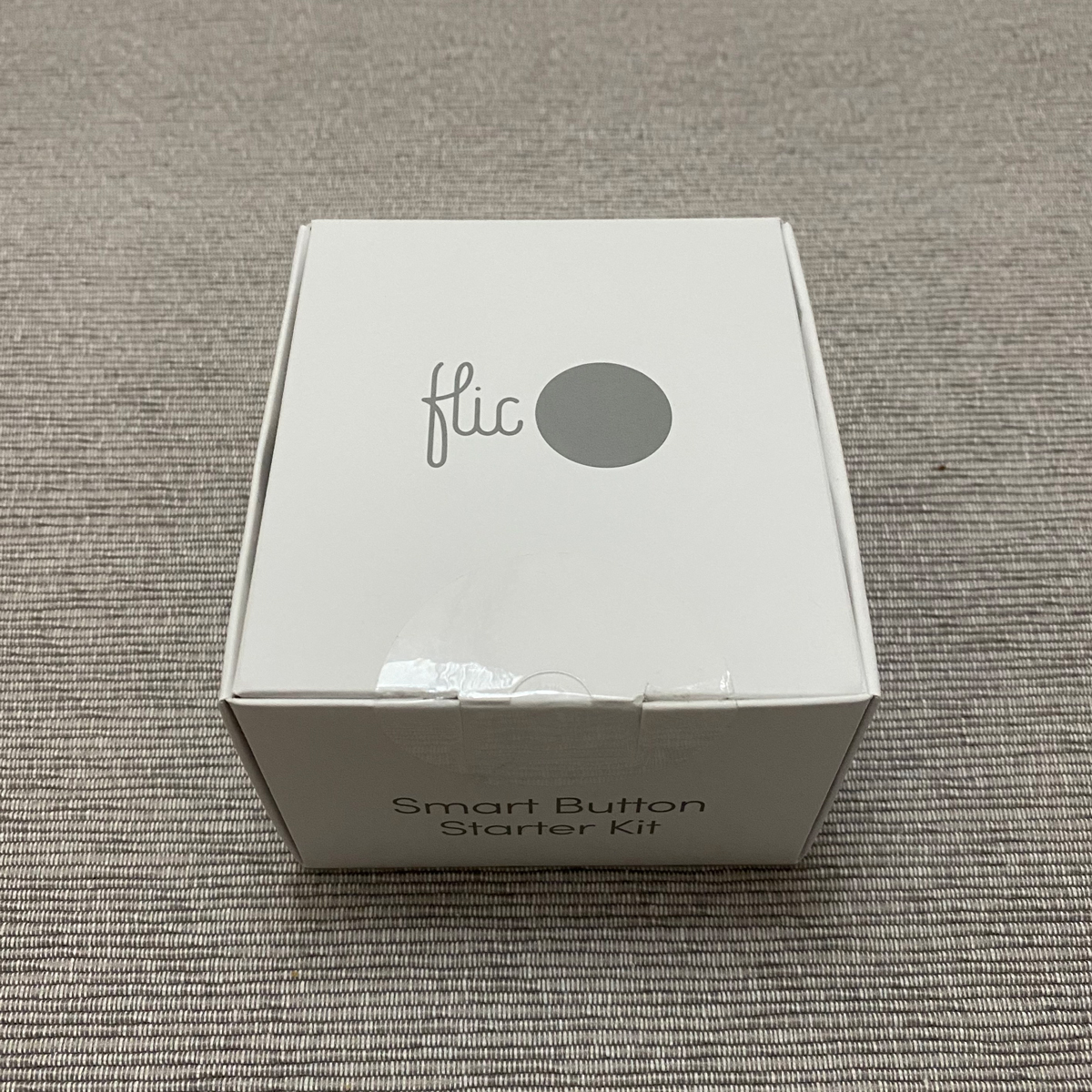





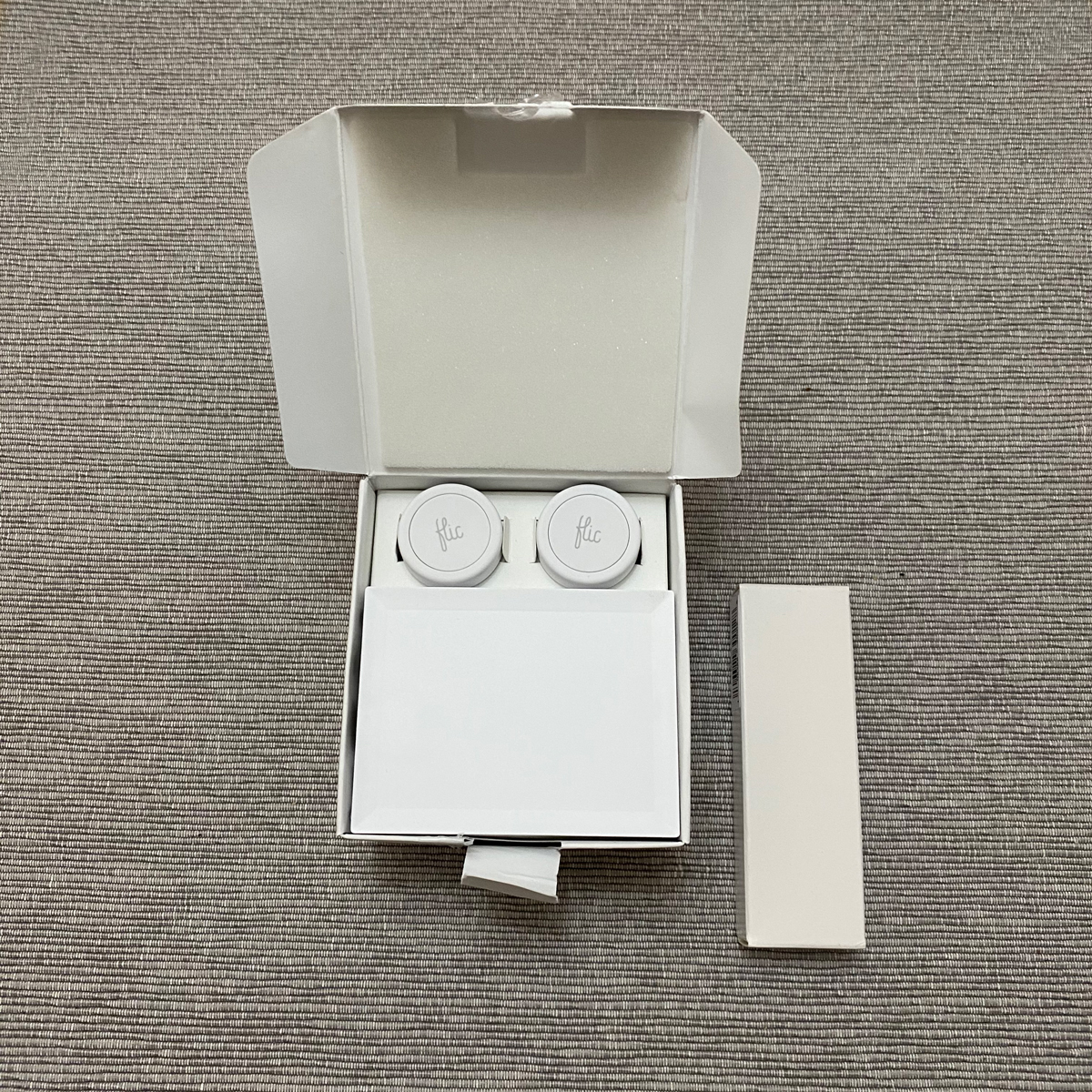





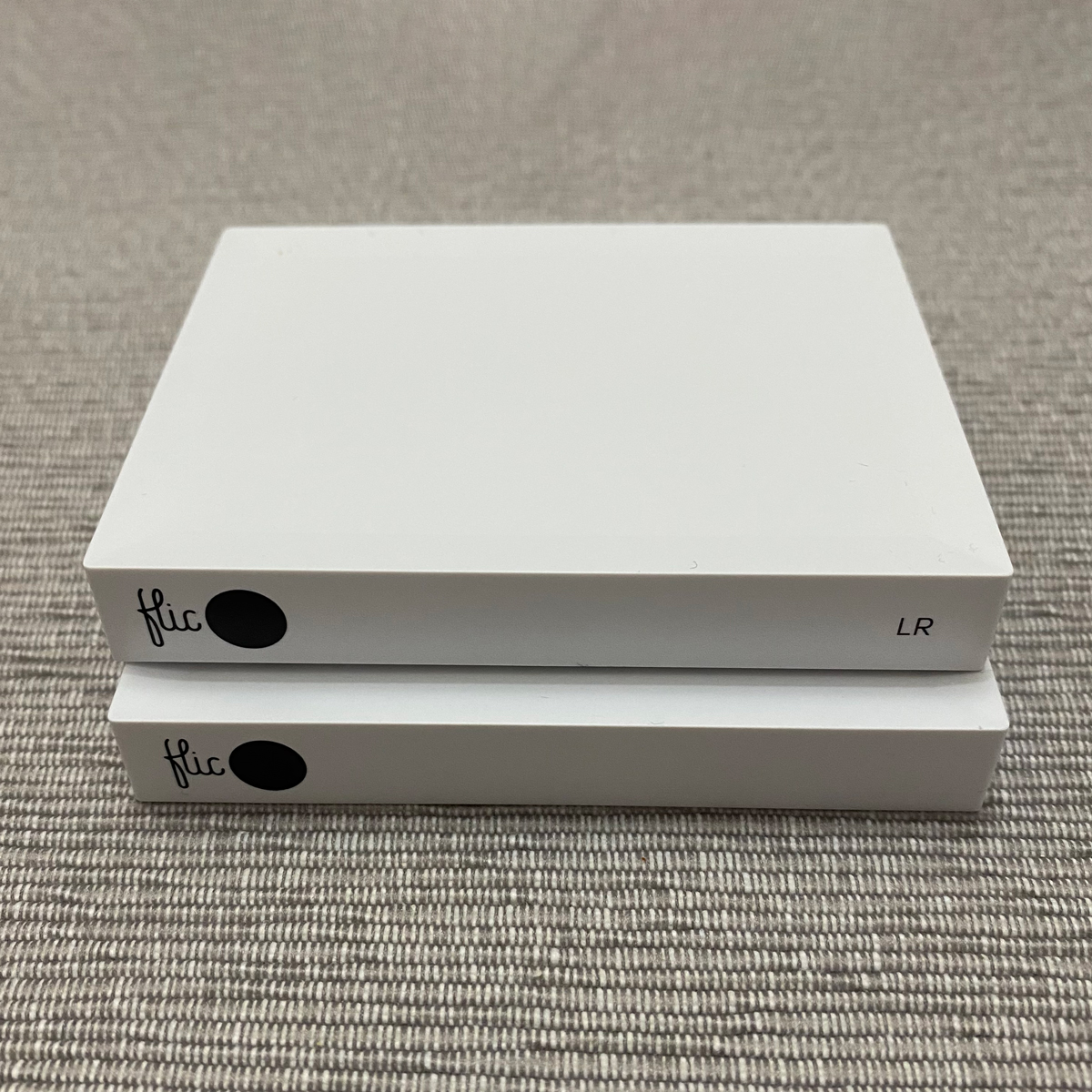










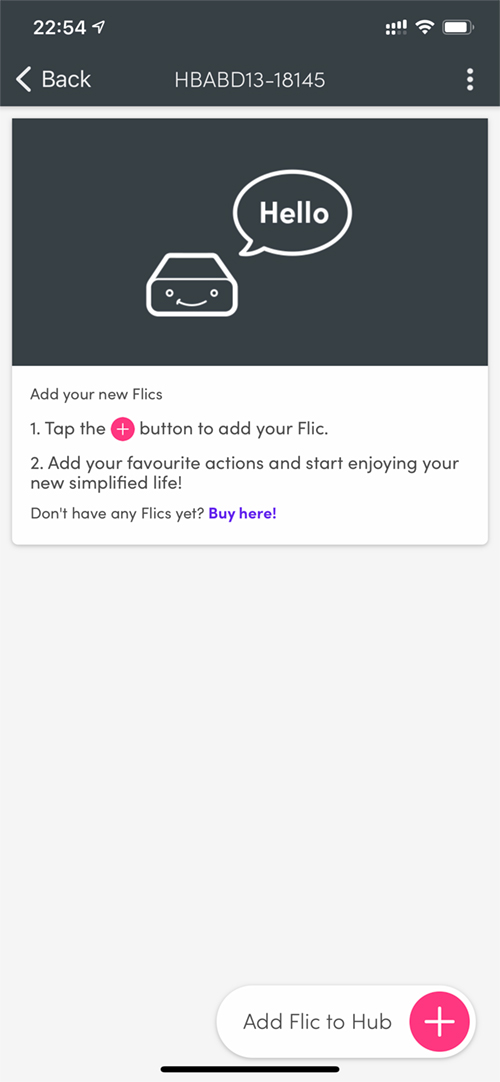



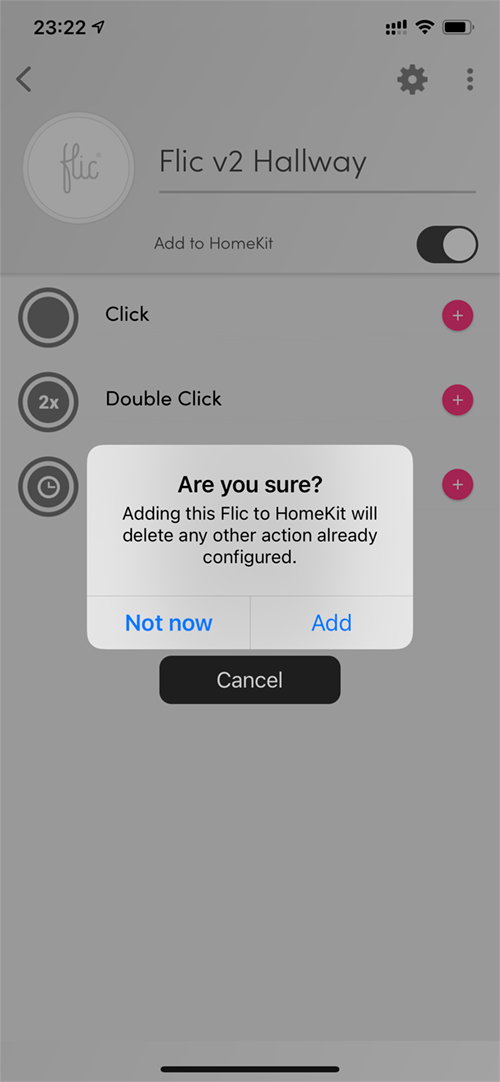


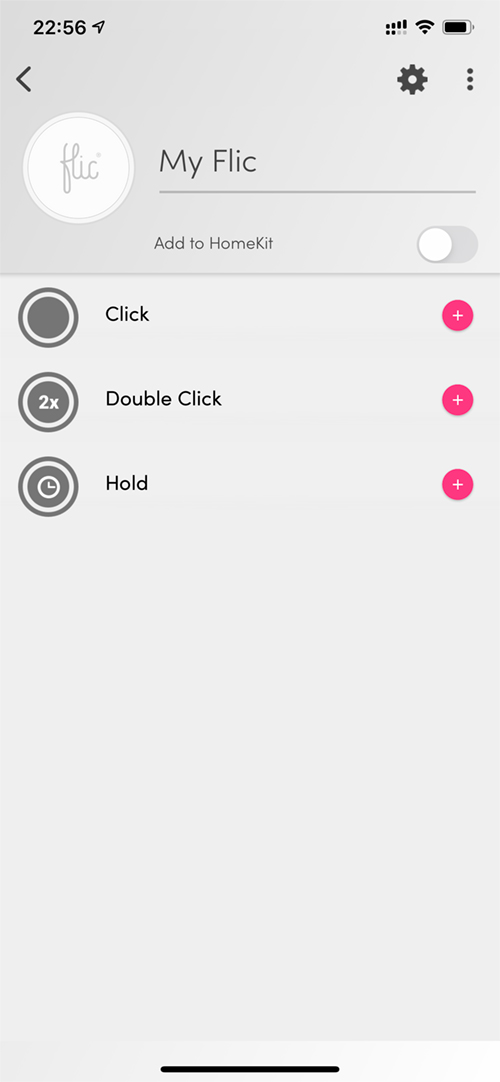


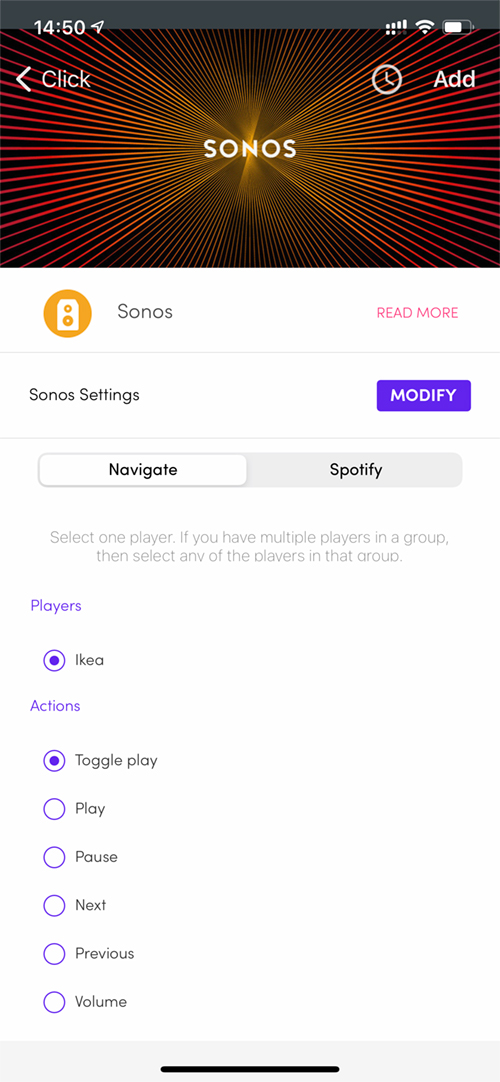
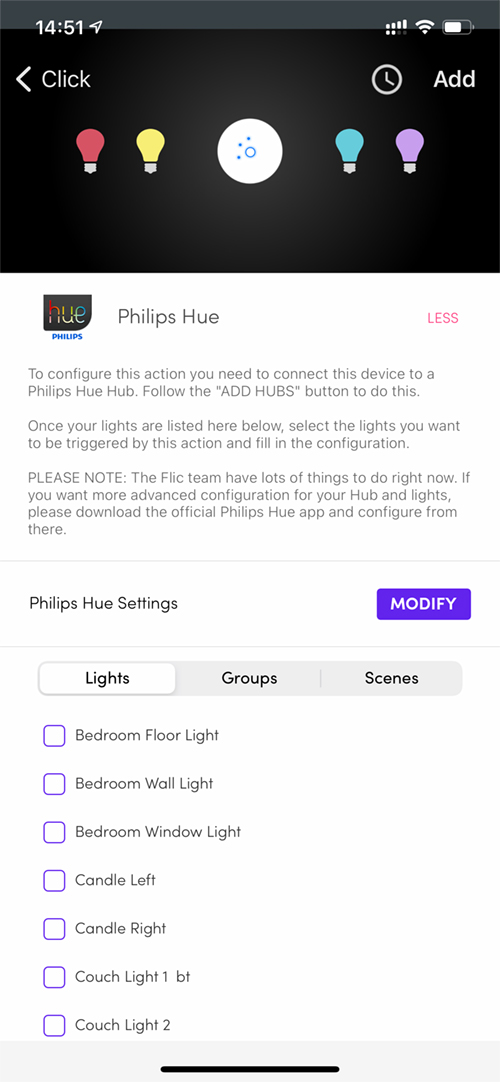
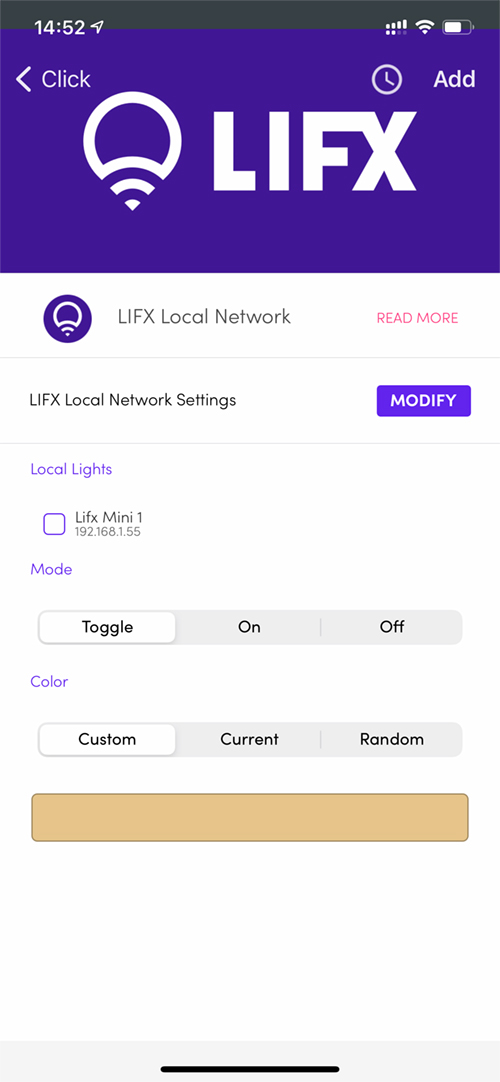









Leave a Reply